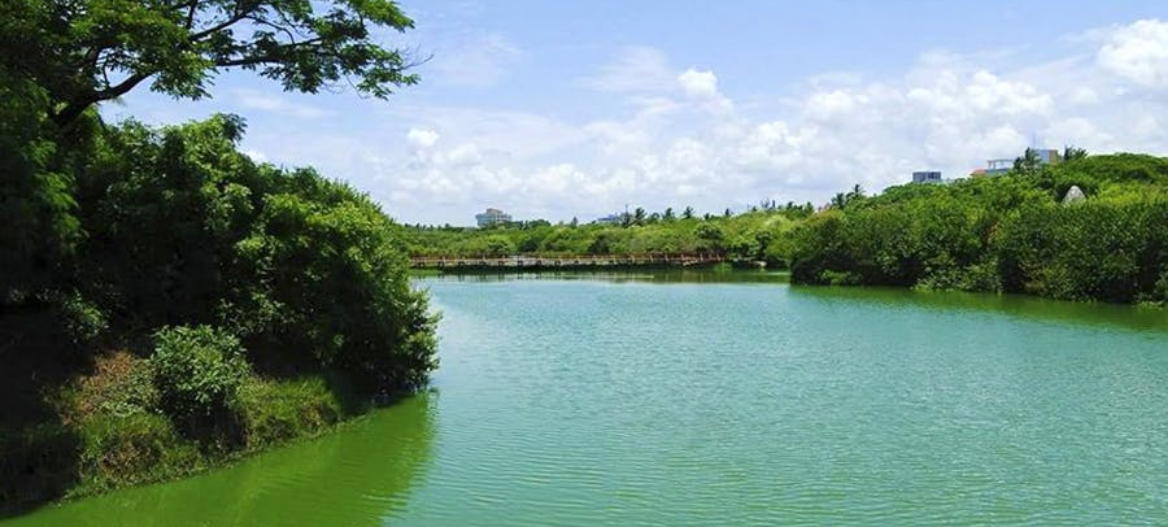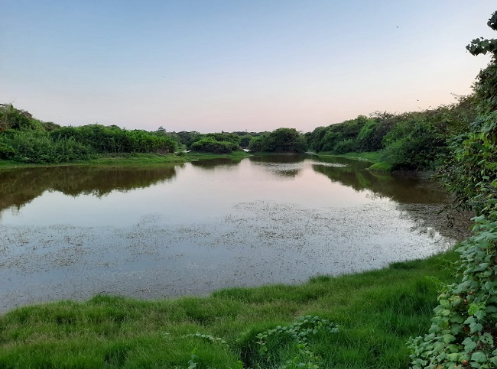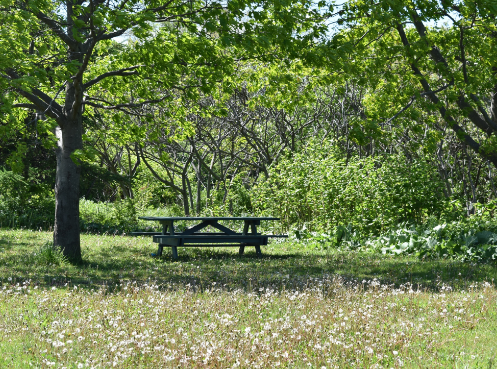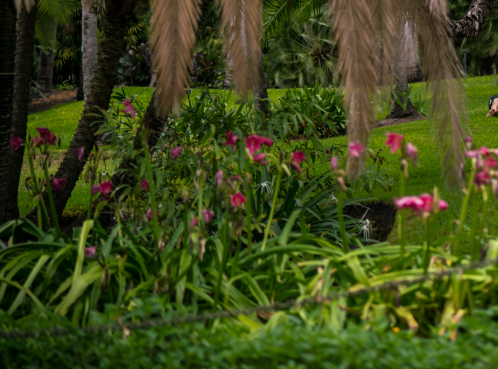



Tholkappia Poonga Restoration from the origin to mouth.
The Need for Restoration

Poor water quality in the river Adyar is the primary cause of degradation of the Adyar estuary and creek. The main cause for the degradation of water in the riverine and estuarine ecosystem of Adyar includes the following

Untreated waste water discharged into the river and the estuary from the drains within Chennai Metropolitan Area (CMA).

Discharge of partially treated industrial effluents from Pammal region beyond the CMA into the river.

To emphasize and introduce environmental education with Adyar Poonga as a research base.
Investigations between July 2008 and December 2008 indicated that the mouth of the estuary remained closed due to formation of sand bar up to the onset of north-east monsoon in October. During this period, water exchange between the sea and estuary took place only at times of peak tides. During October the water level in the estuary rose due to fresh inflows and the mouth of the estuary was dredged open (small opening) to discharge the surplus water from Chembarabakkam Lake and the mouth of the estuary had a significant opening (about 150 m wide). These observations indicate that except for the monsoon and a couple of months thereafter the tidal exchange between the estuary and sea remains very low.
Where is it located?
Adyar River originates from surplus course from Chembarabakkam Lake in Kanchipurum District and flows in the southern parts of Chennai. The river runs about 42 kilometers west to east and meets the Bay of Bengal in Adyar. Adyar estuary, the point at which the river meets the Bay of Bengal lies between Santhome beach in the north and Elliots Beach in the south. The estuary region from Thiru Vi Ka Bridge to the river mouth and the creek region from Santhome Causeway to river mouth spread over an area of about 300 acres.
Objectives
In order to address ecological issues and to implement long term measures as the holistic solution to restore the ecology of the Adyar estuary, the services of M/S. IL&FS Eco smart, Chennai have been availed to prepare Master Plan and Detailed Project Report for Ecological Restoration of Adyar Creek and Estuary in 2008. The objective of eco-restoration of Adyar estuary and creek is to achieve and maintain best feasible water quality in its riverine and estuarine stretches and thus provide an opportunity to bring back the natural (endemic) life forms that interact with abiotic elements and create a healthy ecosystem. Improving and maintaining water quality to a level that can support a balanced population of phytoplankton, zooplankton and nektons is the real way forward towards the stated objective.

Proposed Interventions
The assignment has been completed in the year 2010 and the following interventions are proposed..
Improving water carrying and holding capacity
A onetime cleanup by removing debris, plastics and sludge in the creek region and river mouth of project area has been recommended to improve the flood carrying capacity of the channel and to improve the dilution by increasing the volume of water held in the estuary and creek, specifically during the low tides. The proposed activity broadens the channel to 400m for tidal exchange.
Measured for enhanced tidal exchange
Enhanced tidal exchange along with the control of organic pollution has been identified as an important aspect of the eco-restoration. This necessitates opening of the mouth of Adyar estuary throughout the year. Sustained opening of the mouth will also facilitate the re-colonization of the endemic aquatic fauna. The pattern of littoral drift along the coast is the primary cause for the formation of the sand bar at the mouth of the Adyar estuary causing complete/partial blockage. The sediment deposit at the Adyar river mouth due to the northward littoral drift, especially during the months of May to August being the primary reason for closure of Mouth. The solution to opening of the mouth lies in control of sediment in the sea water current flow crossing the river mouth and/or following a maintenance scheme that removes the sediments as those gets built up during the months of high littoral drift towards north.
Habitat Restoration
The floral and faunal restoration are the other two major elements towards achieve the objective. The improvement in water quality allows the natural process of regeneration of flora and fauna. However, the following activities are proposed to improve the habitat

Removal of Prosopis juliflora from the islands and edges with the gradual replacement by native species

Plantation of Mangroves at low-level island adjacent to Adyar bridge

Regeneration of mudflat vegetation.
Shoreline Protection and Stabilization
Bioengineering solution provides long-term benefits to the shoreline and water quality, stabilizes the bank and shoreline while improving fish and wildlife habitat. This method works well in combination with structural methods; the combination is described as a biotechnical installation. Bioengineering alone is generally not applied on steep slopes and usually requires some shaping of a slope as part of the installation.
Continuous Monitoring of Project Area
An estuary is a sensitive ecosystem and needs constant monitoring of the project area during the eco restoration process as well as post-restoration, to improve people’s interactions with the estuary and the river, so that it does not become the neglected backyard that it is today. The existing access into the estuary is extremely poor and hidden from the public and this has been the major reason why the open spaces of the estuary have been misused. A pathway is proposed for continuous monitoring of the project area.


